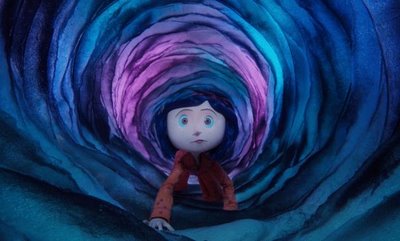
How long has it been since I’ve seen a “real” movie? “The Kids Are All Right” is as real as they come, being warm, funny, charming and smart all without an air of cynicism. The film’s characters are well-developed individuals, not predictable character types, portrayed through brilliant performances. It may sound ridiculous but there’s really nothing like it.
Director and co-screenwriter Lisa Cholodenko has created a story with miraculously authentic and normal people. It’s depressing that such a word like “normal” or “average” can sound so foreign when compared against the crop of summer blockbusters, clichéd rom-coms and gritty thrillers.
I cringe to tell you anything more about the characters other than they each have problems, flaws, passions, motivations and interests, but it’s the profile of a unconventional family of Nic (Annette Bening), Jules (Julianne Moore) and their two teenage kids, Laser (Josh Hutcherson) and Joni (Mia Wasikowska). The parents are a lesbian couple that have each given birth through the same sperm donor, and the kids, one heading off to college and the other a few years behind, decide they would like to meet their biological father, Paul (Mark Ruffalo). He becomes a sort of special friend and confidant who will create a few bumps on the road in the parents’ mid-life crises, the daughter’s coming of age as a young adult and the son’s discovery of another male figure in his life.
I could get into more specifics, but to do so would only diminish the natural quality and authenticity of these characters. It’s like attempting to describe what makes one of your best friends funny, amiable or flawed using only your words. Any description shy of an essay would be too broad and too typecast to actually capture the full range of individuality your friend has. Cholodenko’s film manages to sketch out those individuals perfectly through nothing more than sheer observation and experience.
It’s a real gift, because to diminish these fully invested performances with a flat script or bland character development would be a sin. Mark Ruffalo’s Paul is probably the finest example of this. Paul is a laid back, organic food grower and restaurant owner who dropped out of school, is just a little full of himself and is an instant charmer. But watch Ruffalo smile and struggle his way through some charmingly awkward moments in the screenplay and just try and say he is merely one of those things. His character is so much more, and we can sense why he has a hard time describing himself to his kids, why Nic has a hard time explaining her reasons for not warming to him and why Jules is drawn to sleep with him against all odds of her sexuality.
That last conflict I described embodies the running theme of lesbian relationships throughout the film, but again, to label it as a “lesbian movie” would be inappropriate. “The Kids Are All Right” respects us as intelligent enough to know that these marital problems have nothing to do with sexuality in general, but nor does it forget that such a couple is somewhat unique. And the chemistry of Bening and Moore makes it impossible to forget such a crucial fact.
But even the kids are treated as adults. Surely after 18 years of living with two mothers, young Joni would stop feeling insecure about the lack of a conventional family. Seeing his best friend wrestling with his dad may inspire Laser’s call to Paul, but he too is above the concern that would likely be a theme in a more conservative Hollywood film.
“The Kids Are All Right” is such an easy movie to love. It has funny and clever dialogue that never feels phony, and that is even truer of the characters. Like Nic, Jules, Paul, Joni and Laser, Cholodenko’s film is the perfect indie that’s one of a kind.
4 stars






